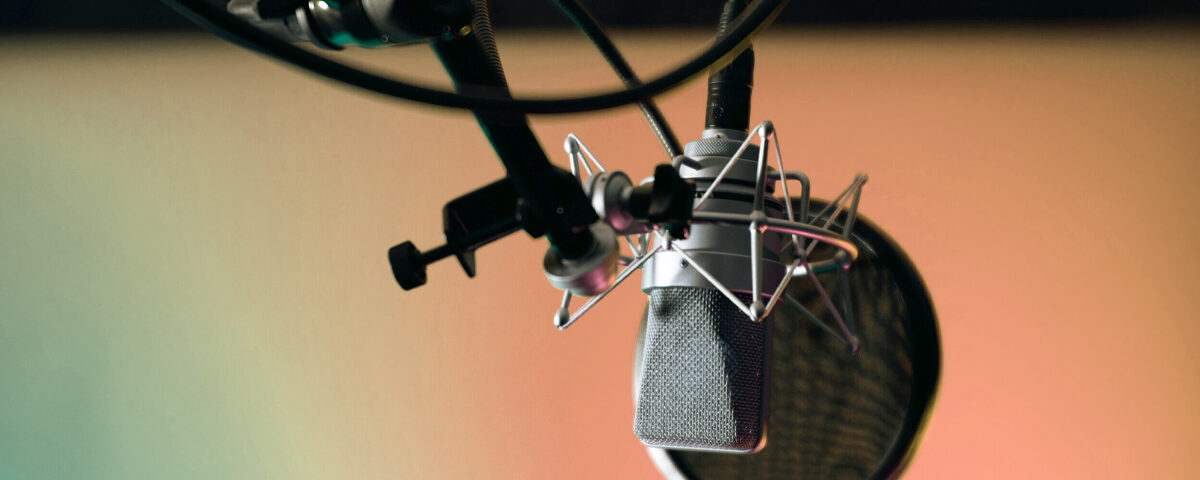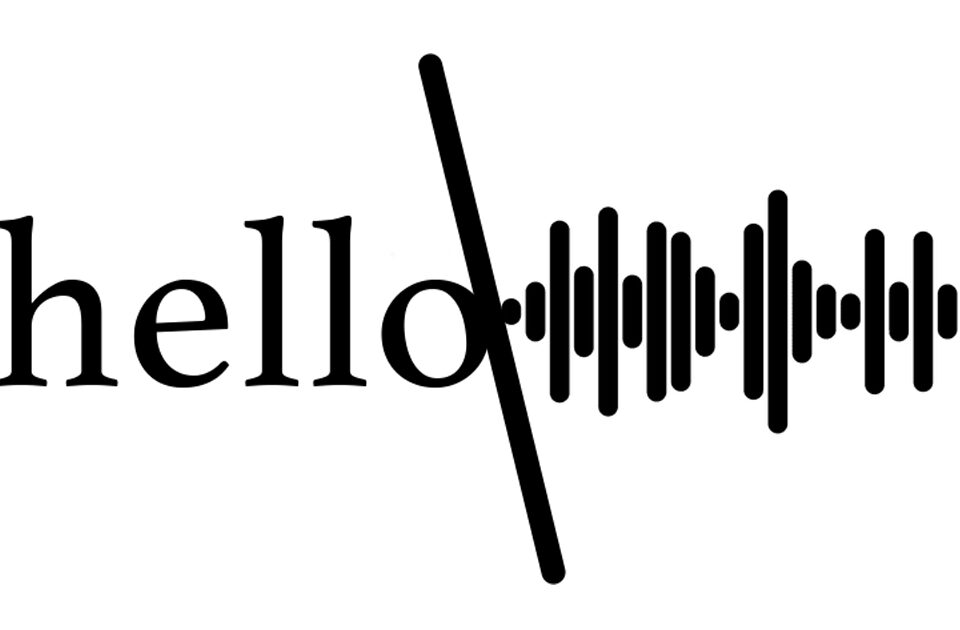Choosing the Right Microphone for Your Recording Needs
Selecting the right microphone for your recording needs is a crucial aspect of achieving high-quality audio. The microphone you choose can significantly influence the sound quality, clarity, and authenticity of your recordings. The selection process involves understanding different types of microphones, their unique characteristics, and their suitability for various recording scenarios. This article will delve into essential elements of microphone selection, including different types of microphones (condenser, dynamic, ribbon), polar patterns, frequency response, and sensitivity.
Types of Microphones
Condenser Microphones
Condenser microphones are widely used in studio recording because of their sensitivity, broad frequency response, and the ability to capture minute details in sound. These microphones contain a thin, conductive diaphragm placed near a metal backplate. Variations in sound pressure cause the diaphragm to move, changing the distance between it and the backplate, thereby creating an electrical signal.
However, condenser microphones require a power source to function, usually supplied by phantom power from a mixer or audio interface, or by a battery. They are available in two types: large diaphragm and small diaphragm. Large diaphragm condensers tend to be more sensitive and provide a warmer sound, making them excellent for vocals and other solo instruments. Small diaphragm condensers are known for their precise and accurate sound, making them ideal for recording instruments like acoustic guitar, piano, or any source where you need a very detailed, natural sound.
Dynamic Microphones
Dynamic microphones are known for their durability, high gain before feedback, and excellent performance at extreme volume levels. They operate on electromagnetic induction principles, using a wire coil and magnet to create the audio signal. As sound waves hit the diaphragm, the coil moves in the magnetic field, producing the electrical signal.
Dynamic microphones do not require a power source, making them ideal for live sound environments and for applications that involve high volume levels, such as recording drums or guitar amplifiers. However, they lack the broad frequency response and sensitivity of condenser microphones, which can make them less suitable for capturing delicate or nuanced sounds.
Ribbon Microphones
Ribbon microphones are a type of dynamic microphone that uses a thin strip of metal, often aluminum, instead of a diaphragm. The ribbon is suspended in a magnetic field, and sound pressure causes it to move, generating a current. Ribbon microphones are prized for their ability to capture high-frequency detail and their warm, vintage character.
Historically, ribbon microphones were delicate and easily damaged by strong air blasts or high sound pressure levels. However, modern designs have addressed these issues, making them more durable and suitable for a broader range of applications, from studio recording to live performances.
Polar Patterns
The polar pattern of a microphone refers to its sensitivity to sound from various directions. Here are the most common polar patterns:
Cardioid
The cardioid polar pattern is named due to its heart-shaped pickup pattern. Microphones with a cardioid pattern are most sensitive to sound coming from the front and less sensitive to sound from the sides and rear. This makes them ideal for recording in untreated rooms as they naturally reject room noise and echoes.
Omnidirectional
Omnidirectional microphones pick up sound equally from all directions. This characteristic makes them suitable for capturing ambient noise or recording multiple sound sources spread around the microphone.
Figure-8
Figure-8 or bidirectional microphones pick up sound equally from the front and the back but reject sound coming from the sides. They are commonly used in interview scenarios or in ribbon microphones.
Frequency Response
Frequency response refers to the range of frequencies a microphone can capture and how it responds at each frequency. It’s typically represented as a graph with frequency on the x-axis and response (in dB) on the y-axis. The frequency response range for human hearing is typically 20 Hz – 20 kHz.
Flat Frequency Response
Microphones with a flat frequency response reproduce all frequencies equally and do not color the sound. They’re excellent for capturing audio as accurately as possible, making them ideal for recording orchestras, choirs, and other acoustic instruments.
Shaped Frequency Response
Some microphones have a shaped frequency response, which means they emphasize certain frequencies and de-emphasize others. For instance, many vocal microphones have a boost in the mid-high frequencies (around 3-6 kHz) to help vocals stand out in the mix.
Understanding a microphone’s frequency response can help you select the best microphone for a specific sound source. For example, a kick drum microphone might have a boost in the low frequencies to enhance the drum’s punch and a cut in the mid frequencies to reduce boxiness.
Sensitivity
Microphone sensitivity refers to how quiet a sound the microphone can detect. It’s defined as the electrical output a microphone produces for a given sound pressure level. High sensitivity microphones produce a strong output even when the sound source is quiet or far away, making them great for quiet instruments or soft-spoken speakers.
However, high sensitivity can also be a drawback. If the sound source is very loud, a high sensitivity microphone can output a signal that’s too strong, causing distortion. In contrast, low sensitivity microphones work well with loud sound sources but may produce too weak a signal with quiet sources.
Choosing the Right Microphone
There’s no one-size-fits-all microphone. The best microphone for your recording needs will depend on what you’re recording, the acoustic characteristics of your space, and your budget.
A good starting point is to identify what you’ll be recording most often. If you’re mainly recording vocals, a large diaphragm condenser with a cardioid pattern is often a good choice. For live performances or loud instruments, a dynamic microphone might be better.
Consider the acoustics of your recording space. If your room has a lot of ambient noise or echoes, a microphone with a cardioid polar pattern can help reject unwanted noise. On the other hand, if you’re recording in a well-treated studio and want to capture room ambience, an omnidirectional microphone could be a good fit.
Finally, consider your budget. While it’s true that more expensive microphones often provide better sound quality, there are many affordable microphones that deliver excellent performance. Remember, the best microphone is the one that fits your needs and helps you achieve your desired sound.
In conclusion, understanding the different types of microphones, polar patterns, frequency response, and sensitivity can guide you towards making an informed decision when choosing the right microphone for your recording needs. By selecting the appropriate microphone, you can ensure that your recordings have the desired clarity, depth, and authenticity.


